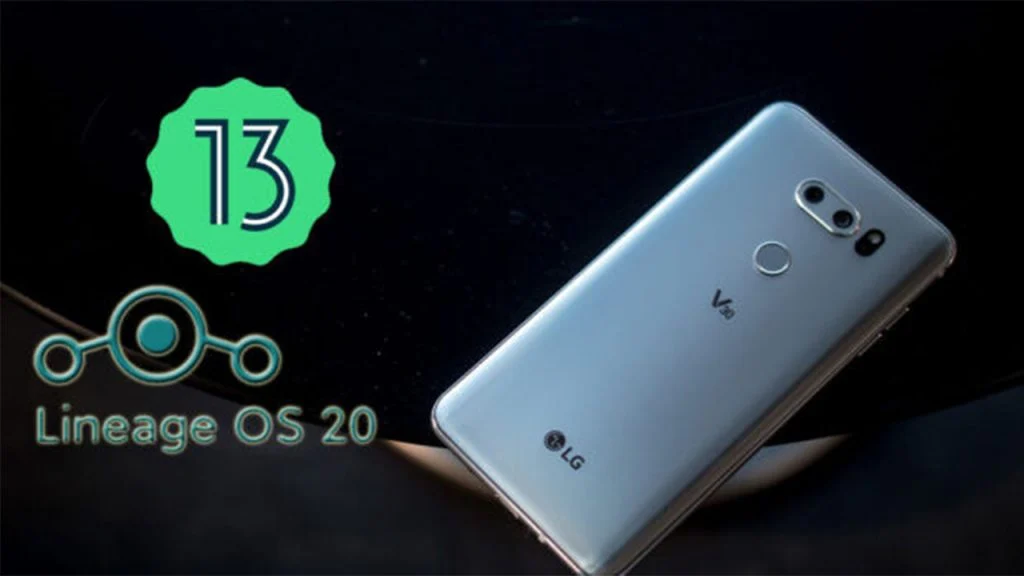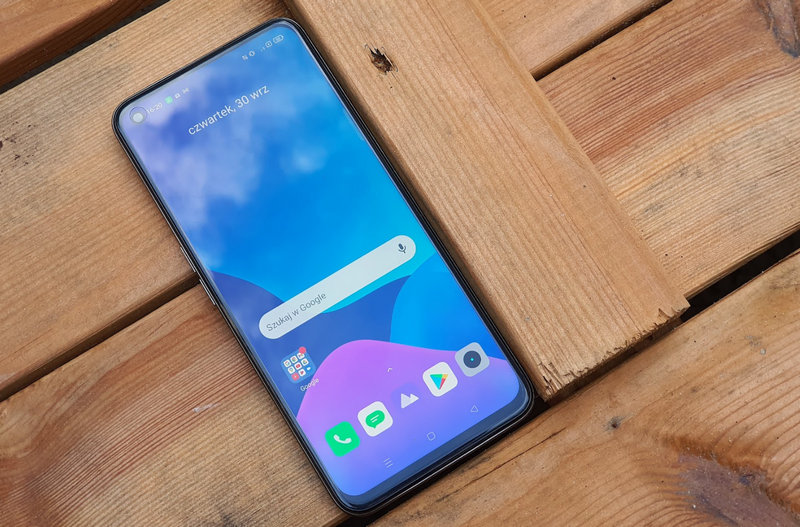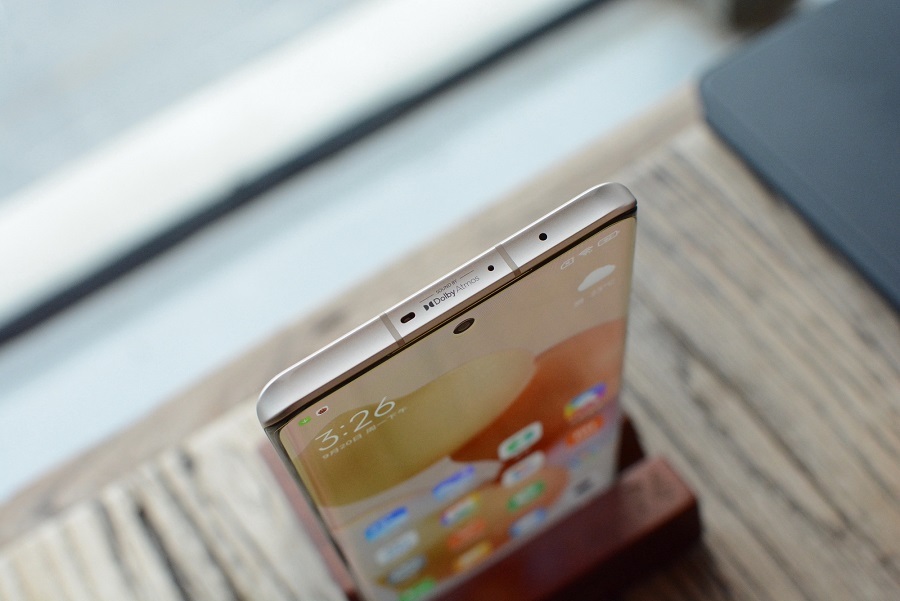As we recently reviewed in our article focusing on 3D technology in televisions, 10-11 years ago, manufacturers were not talking about anything else when it came to persuading the user to buy a television. And after the heat of 3D movies in theaters, companies wanted to bring that sense of immersion homeIn the first years of the 2010s, many brands adopted this technology in their televisions, and it was not very successful and fell into deep oblivion.
Among these manufacturers was Sony, a company that introduced several 3D models to the market. In addition, the company wanted to please PlayStation users. That’s why he launched a custom 3D panel to play with his systems. We are talking about PlayStation 3D Display, a 24-inch monitor with a special feature: It had 3D technology and SimulView, a system that allows each player to see their point of view on full screen while wearing glasses. Below these lines we tell you more about this interesting product.
A panel designed to play PS3 games in 3D
The PlayStation 3D Display arrived in Europe in April 2012, and among the accessories out of the box we found two 3D glasses, two games compatible with this technology (Killzone 3 and Gran Turismo 5), an HDMI cable and of course the cable for the PlayStation 3D Display. feed
Sony’s goal was for PlayStation gamers to have a specific device optimized for PlayStation 3 games and previous generation consoles. Also, given the 3D fever that existed at the time, incorporating this technology into the panel was something Sony believed would attract more viewers.
Among the features of this screen we found 24-inch LCD panel (Edge LED) and 1080p resolutionand with a contrast ratio of 5000:1. It also includes two HDMI ports, 1 component input and a stereo sound system with a total power of 11W.
This monitor (I say monitor because it does not have a natural way of capturing television signals) also offered MotionFlow 240Hz technology, allowing gamers to get a smoother picture thanks to frame interpolation. Today, this technology is often found in panels that do not naturally achieve a high refresh rate. Also, the glasses included with this monitor were of the active type and had a battery life of about 30 hours.
Sony all this pack 499 euro price. At the time it was an excellent price as a 3D monitor. However, it was possible to find much more capable and larger televisions at this price, a fact that partly contributed to its failure. However, let’s not predict events just yet.
Perhaps its most interesting feature: SimulView
With this monitor, gamers were able to take advantage of the 3D functionality of some PlayStation 3 games, but Sony also took advantage of this technology and introduced a very special feature with this monitor: SimulView. such a technology allowed two players to enjoy full-screen split-screen modes in games. To do this, both players had to equip themselves with 3D glasses, and when SimulView was enabled, the system presented each player half of the screen and added the other half using stereoscopic technology, allowing each player to see a 2D image. from glasses in full screen of your game.
Although the technology was innovative, it had one notable downside. And the field of view of both players has been greatly reduced, affecting the gaming experience. Also, this technology was not compatible with all games, and only Gran Turismo 5, Killzone 3, Super Stardust HD and MotorStorm: Apocalypse offered it at launch.
An unattractive offer for the user
The monitor performed quite well overall. It offered a longer-than-acceptable response time for gamers, which was significantly lower than HDTVs on the market at the time. Moreover, It was a product that could also be used as a PC monitor.. Today, displaying text on this screen would have seemed much inferior to us in terms of productivity, since it’s not the best we can do.
Despite the insistence on 3D technology in various ways, both users and Sony saw this 3D Display as a failure. The price did not help and the technologies included were not compatible with a wide range of games, so the user often had to pay more for a product that would be used as a traditional monitor.
















